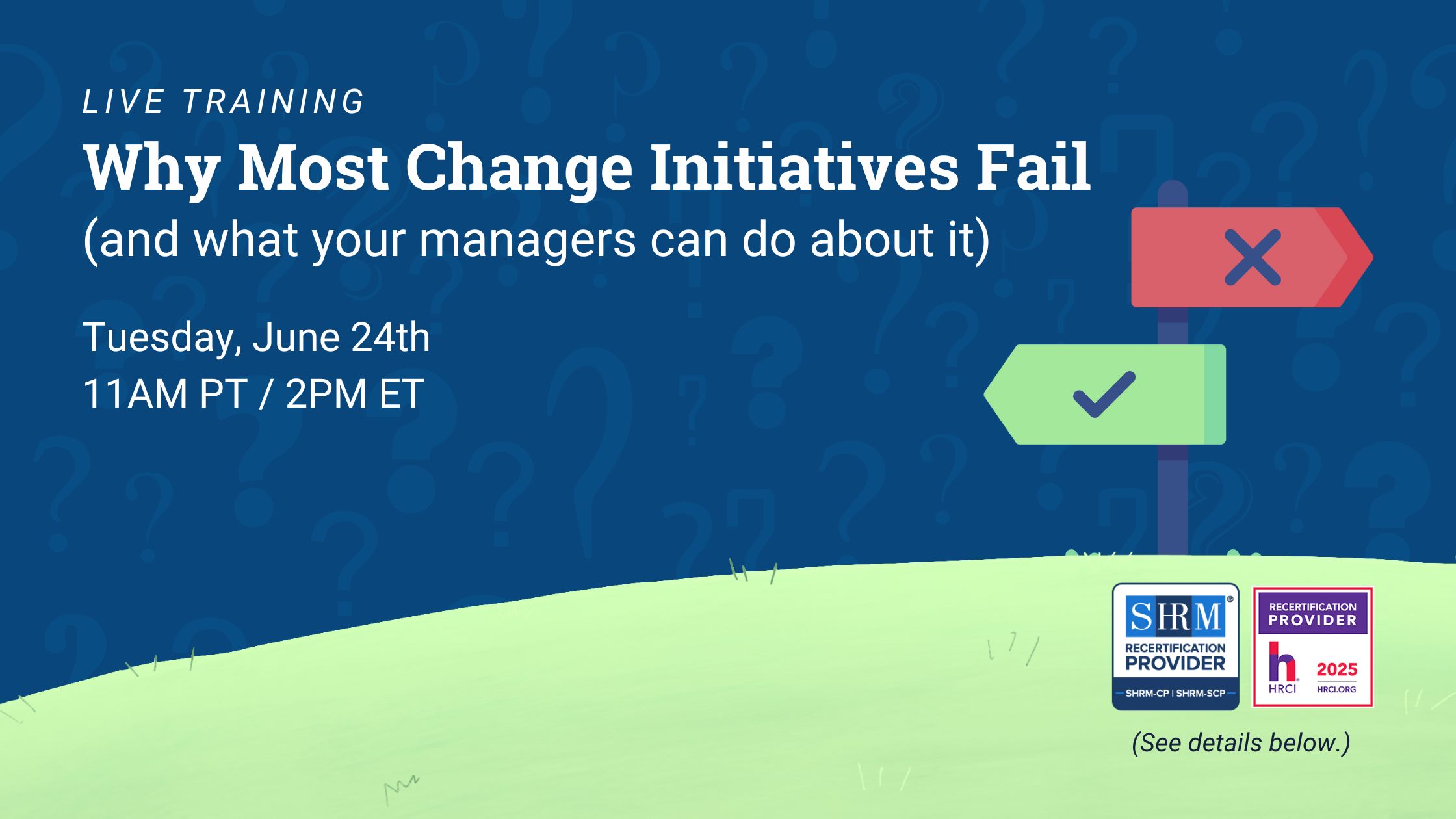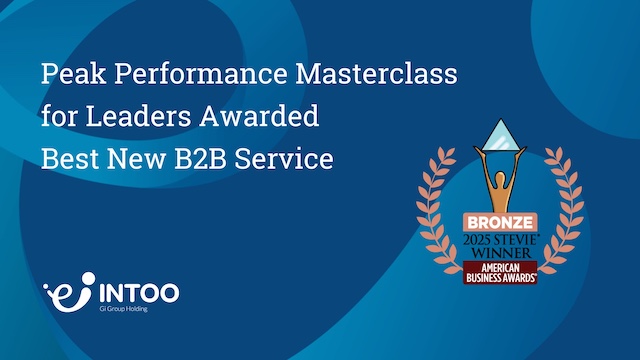In the corporate world, promotions are often seen as the ultimate goal of a successful career. However, a lateral move can be just as beneficial to an employee as a vertical one.
A lateral move refers to a career transition in which an individual shifts from one position to another within the same hierarchical level or job classification, typically without a significant increase in responsibilities or salary. Unlike vertical moves, which involve promotions or demotions, lateral moves emphasize acquiring diverse skills and experiences rather than climbing the corporate ladder. This strategic maneuver allows professionals to broaden their expertise, explore new areas of their field, discover work that aligns with their interests, or adapt to changing industry demands. Lateral moves can be instrumental in personal and professional development, fostering adaptability and resilience. They provide an opportunity to escape career stagnation, stimulate intellectual growth, and enhance overall job satisfaction. Embracing lateral moves demonstrates a proactive approach to one’s career, encouraging continuous learning and versatility in an ever-evolving professional landscape.
How Lateral Career Moves Can Help Your Organization
With so many organizations struggling to retain employees, one would be wise to investigate ways in which the employee experience can be improved. After all, employees leave for a variety of reasons. While pay and benefits are obvious ones, lack of opportunity has been reported to be a factor for many. But if you think that employees are only looking for promotions, you’re wrong. Many workers feel stuck in their current career paths, and while they want to work for their current employers, they leave because they don’t believe lateral career moves into other areas in the company are possible. If these employees don’t leave, their engagement can dwindle, and productivity decline.
Contrary to popular belief, not all paths to success are linear. In fact, it’s much less common nowadays for people to continue on a straight path from graduation all the way to leadership. There are many in executive roles, like Lisa Alteri, Chief People Officer of Kraft Heinz U.S., whose path to success was not linear. Because making a lateral career move often necessitates acquiring new skills and knowledge, such paths often do equate to a step up.
Facilitating lateral career movement isn’t difficult, and doing so can benefit both your organization and individual contributors.
While the potential of an employee staying with a company decreases year by year, those who make a lateral move have a 62 percent chance of staying, according to one LinkedIn study. But talent retention isn’t the only benefit lateral mobility can offer an organization. Many are missing out on their employees’ hidden talents and skills that aren’t exposed in their current roles. Similarly, often employees can apply the skills they’ve acquired in their current roles to other areas of the business, while also bringing with them their knowledge of the inner workings of the company—something external applicants don’t have. In fact, lateral career moves can help prepare employees for senior roles by diversifying their skill sets. And by hiring internal candidates, companies save on the cost of onboarding, boost company morale, and develop leadership from within.
Offering career development for lateral movement also fosters engagement by keeping employees interested in their work, challenging them, and demonstrating their employer’s interest in their futures. Happy employees also share their positive experiences with both colleagues and their networks, extending your employer brand.

5 Reasons Why Lateral Moves at Work Are Beneficial
1. Talent retention and development
High achievers are deeply invested in advancing their careers, seeking financial gains and meaningful personal and professional growth. Offering stimulating lateral shifts demonstrates a commitment to their development and a belief in their ability to tackle new challenges. This strategy nurtures a culture of continuous learning, where employees feel supported in expanding their skills and experiences, and builds loyalty.
Consequently, the company benefits from a more versatile and adaptable workforce that is better prepared to meet evolving business needs.
2. Cross-functional collaboration
Lateral moves play a pivotal role in promoting cross-functional collaboration within an organization by dismantling departmental silos. Employees gain a comprehensive view of the business through lateral transitions, understanding how different functions intertwine. This holistic perspective fosters improved team communication and cooperation, fostering more efficient and innovative problem-solving. A workforce well-versed in various organizational roles becomes adept at seamless collaboration, thereby driving overall organizational success. By encouraging internal mobility, companies can cultivate a collaborative culture, breaking down barriers that hinder communication and paving the way for a more integrated and productive work environment.
3. Untapped potential and enhanced skills
Lateral moves help to unearth your employees’ hidden talents. Many harbor dormant skills and expertise in their current roles. Offering opportunities to explore new responsibilities unleashes their true potential, fostering personal development and enriching the organization. Employees broaden their professional horizons and develop new competencies. This exposure to new challenges and perspectives allows them to identify and nurture their latent abilities, leading to a more well-rounded and versatile workforce.
4. Enhanced employee engagement
Job satisfaction and a sense of purpose are closely linked to employee engagement. Allowing and promoting lateral moves demonstrates a commitment to employees’ career satisfaction and growth, which in turn promotes these team members’ engagement and motivation. Engaged employees are more likely to contribute positively to the workplace, resulting in increased productivity and innovation.
5. Agility and adaptability
Agility and adaptability are essential for organizations to be resilient and thrive in the contemporary business landscape. When employees venture out of their comfort zones and explore new roles, they develop a broader perspective and a willingness to adapt to new challenges and circumstances. This enhanced adaptability is valuable in navigating industry shifts, market trends, and organizational changes. As companies face the constant need to pivot and innovate, a workforce with a history of lateral moves is better equipped to respond effectively to challenges and seize new opportunities.

How to Facilitate Lateral Career Movement
Offer career development with coaching to explore alternative internal career paths
You can help employees discover which roles they are qualified for as well as which skills they need to learn for the roles they want by offering skills and interest assessments. Many employees have hidden talents and skills that aren’t being applied in their current roles. Evaluating their strengths and interests through assessments and conversations with expert career coaches can provide support for those seeking alternative career paths within your organization.
Once an employee gains clarity about the type of role they want, career coaching can help them create a strategy to achieve that goal. This strategy may involve positioning their skills on their resume, building a pitch, and taking upskilling courses. Whatever it entails, an employee receiving this type of guidance can feel empowered and motivated to grow with the company and contribute to its ongoing success.
Expose employees to other departments through cross-functional projects
If your organization has an internal job board, use it to post not only open full-time positions, but also roles for specific projects. Allow employees to work on cross-functional projects to gain experience in other departments while simultaneously lending their expertise. These projects can offer mentorship to employees exploring other areas of the company and give them an idea of the skills necessary to accomplish a job and an indication of what working in that area could be like. At the same time, such projects give the employees valuable experience and knowledge to apply to their current roles.
Give employees a first shot at applying for internal roles
Many companies immediately post positions externally as soon as they become vacant or are created. When internal candidates aren’t given the first opportunity to apply for these roles, they may become convinced that a long-term career with opportunities for advancement and career exploration isn’t viable with the company. This creates a negative company culture experienced not only by the internal candidates, but also those with whom they interact and those having to pick up the pieces after an unsatisfied employee leaves.
Using an internal job board to make these positions visible to employees first helps to foster trust in and dedication to the company. List the skills needed to accomplish the role so that internal candidates, using assessments or knowledge gained from sessions with a career coach, can identify the jobs that they’re suitable for or discover the skills they need to acquire in order to be hired into those roles.
Making a Lateral Move: Next Steps for Employers
Encouraging lateral career moves within your organization opens up possibilities for your employees and allows them to visualize a long-term career with your organization. The right candidate for an open position might be untapped talent from another area of your business, but you’ll never know unless you make the position known to your internal talent pool. Offer career development resources to help your workforce have a satisfying career with your company so that they may help you accomplish your business goals for years to come. In every stage of the employee lifecycle, INTOO helps employers protect their brand through effective candidate experience, career development, and outplacement services. Contact us to learn how we can make a difference for you and your employees.
Robyn Kern is a seasoned business writer who has written in the HR, education, technology, and nonprofit spaces. She writes about topics including outplacement, layoffs, career development, internal mobility, candidate experience, succession planning, talent acquisition, and more, with the goal of surfacing workforce trends and educating the HR community on these key topics. Her work has been featured on hrforhr.org and trainingindustry.com.











